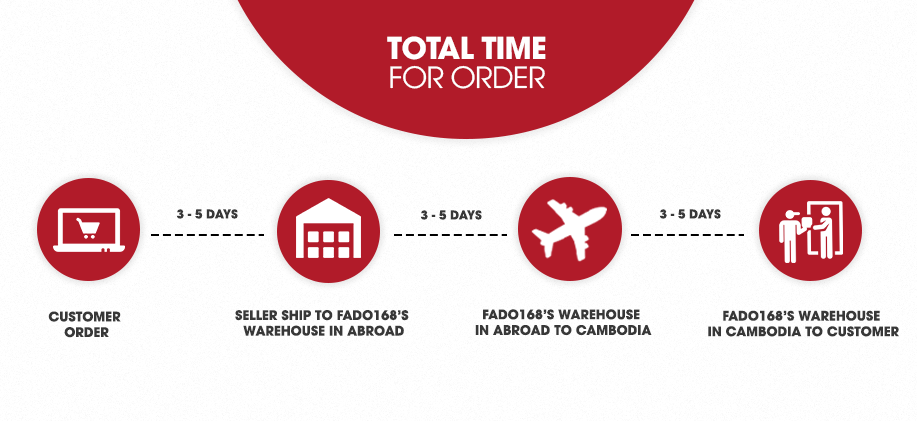When did you first decide to write The 99% Invisible City?
In 2014, the very first time Kurt and I met, we talked about working on a book involving design and cities. Publishers had asked me before about expanding 99% Invisible into printed media, but I was too busy with weekly episodes, and Kurt was occupied with writing daily articles. After Kurt joined the show in 2015, 99% Invisible continued to grow and we increasingly felt the need to distill the best of our combined years of research, knowledge and experience into a single book, sharing our passion for cities in a distinct standalone volume. In 2018, we began to outline the shape this would take.
Why did you decide to write a 99% Invisible book?
In some sense, the story of this book dates back to, or even beyond, the origin of 99% Invisible. This book brings together my years of design storytelling, including hundreds of interviews with urbanists and designers, and Kurt’s years of studying urban design and architecture, as well as his experiences as a designer and design writer. Together, we decided to create a volume that would accessible and universal—a guide that would engage more than just urbanists, architects, and 99PI fans.
The concept of a field guide seemed like a fun and effective way to organize our thoughts. With that driving idea in mind, we began to compile compelling narratives and intriguing characters. We singled out individual stories that would captivate an audience but that would also fit together and flow, forming a whole that was more than the sum of its parts. This book would encourage readers to look at all different aspects of cities—from individual objects, buildings, blocks to entire neighborhoods—in an entirely new light. Through many smaller narratives, the book tells a larger story of how to be more observant and thoughtful citizens.
What kind of research went into writing this book?
This book is the culmination of years of research, travel and storytelling. It grew out of interactions with many different urbanists and designers, from an interview with a US postal worker at the bottom of the Grand Canyon to a producer visit to the tuned mass damper at the top of Taipei’s tallest skyscraper. The book draws on local reporting from 99PI producers around the world as well as extensive research done specifically for this volume. Through all these interactions, we wove together the most interesting personalities encountered and tales uncovered into a dense but delightful volume.
What cities/regions are featured in The 99% Invisible City?
The book is not a guide to any one city, but to all cities; we wanted a subject of interest in one place to open up a door to understanding many others. Often, this meant taking the audience somewhere unexpected. Rather than visiting the site of the first US electric traffic signal in Cleveland, OH, for instance, readers are sent on a journey to Syracuse, NY, home to the country’s only upside-down signal (with a green light on top). From there, the story travels halfway around the world to Japan, where “grue” traffic lights illuminate the strange relationship between cities, design standards and the way different languages evolve to describe colors.


